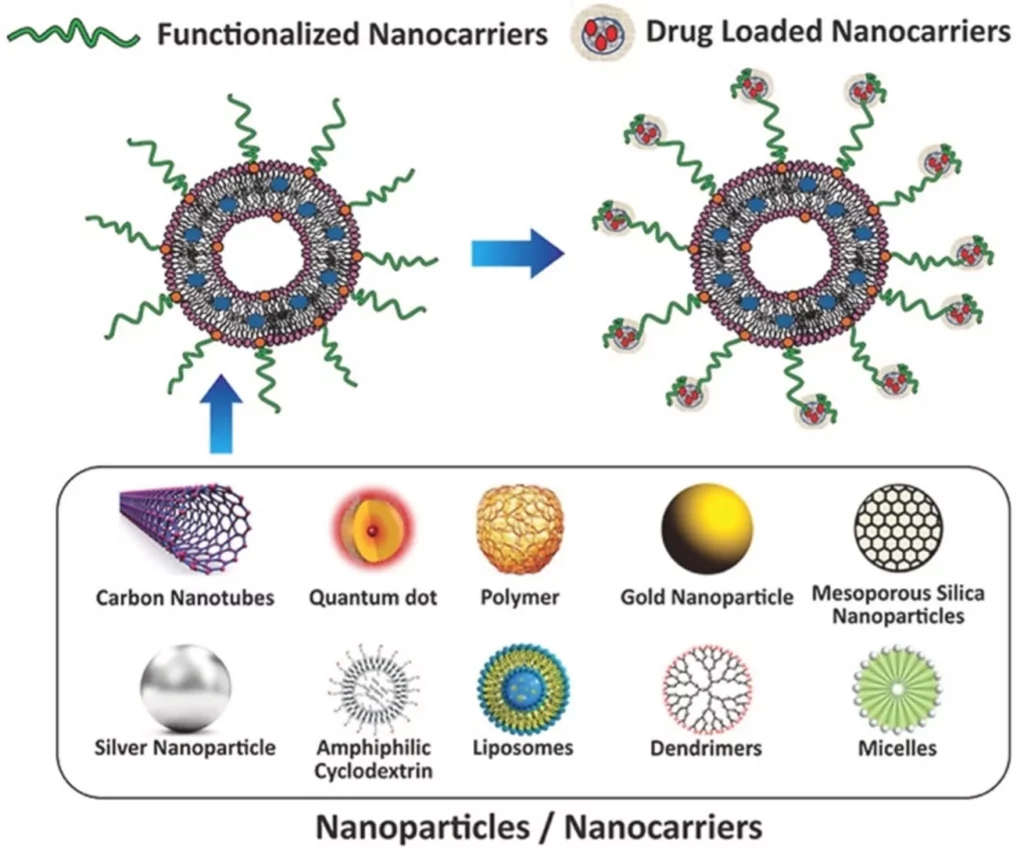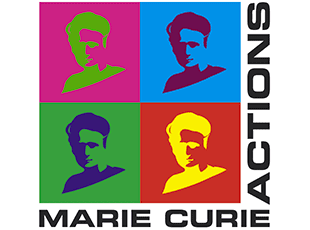Nanocarriers for nonlinear microscopy: Micro4Nano
New tools for biology and medicine.
Multifunctional nanocarriers for nonlinear microscopy: introduction
Multi-photon microscopy using nanocarriers enables the 3D visualization of large sections of biological tissues to understand the relationship between their structure and function, leading to biomedicine and drug delivery applications.
Micro4Nano aims to establish and optimize new tools, materials, and techniques for the 3D functional imaging of thick tissues to extract reliable information about the tissue structure, biochemical composition, and function.

Multifunctional nanocarriers for nonlinear microscopy: project description
Micro4Nano will design, optimize, and produce a new generation of highly efficient, photostable, biocompatible, and fluorescent nanocarriers for bioimaging. This unique tool will allow for multicolor detection and consequently enable the reconstruction of complex and functional images in the study of drug delivery.
In addition, this highly ambitious project aims to develop methods for 3D visualization up to 1 mm in depth, combining hyperspectral imaging of auto-fluorescent species with structural information from second-harmonic generation signals and multifunctional fluorescent labels, as well as chemical information from Raman microscopy.
Micro4Nano will also create a new generation of multifunctional nanocarriers for two-photon microscopy, and drug delivery will be designed for real-time monitoring of living cells and tissues.
In this consortium of 11 partners, the MIC brings its expertise on cell culture in microfluidics devices to design tissue-on-chip platforms. We will primarily participate in designing and testing microfluidic setups for automated tissue, defining flow control parameters to reproduce the native cell environment optimally.
The highly reproducible tissue culture environment will be exploited to study drug delivery at the single-cell level using Raman and two-photon microscopy.
1. A. Shah, S. Aftab, J. Nisar, M.N. Ashiq, F.J. Iftikhar “Nanocarriers for targeted drug delivery”. Drug Deliv. Sci. Technol., 62 (2021), Article 102426.
In th light of the Micro4Nano project, we developed the PMMA device station.
This project has received funding from the European Union under H2020-MSCA-RISE-2020, grant agreement No. 101007804 (Micro4Nano).
Start date: 1 October 2021
End date: 30 September 2025
Overall budget: € 795 800. 00

